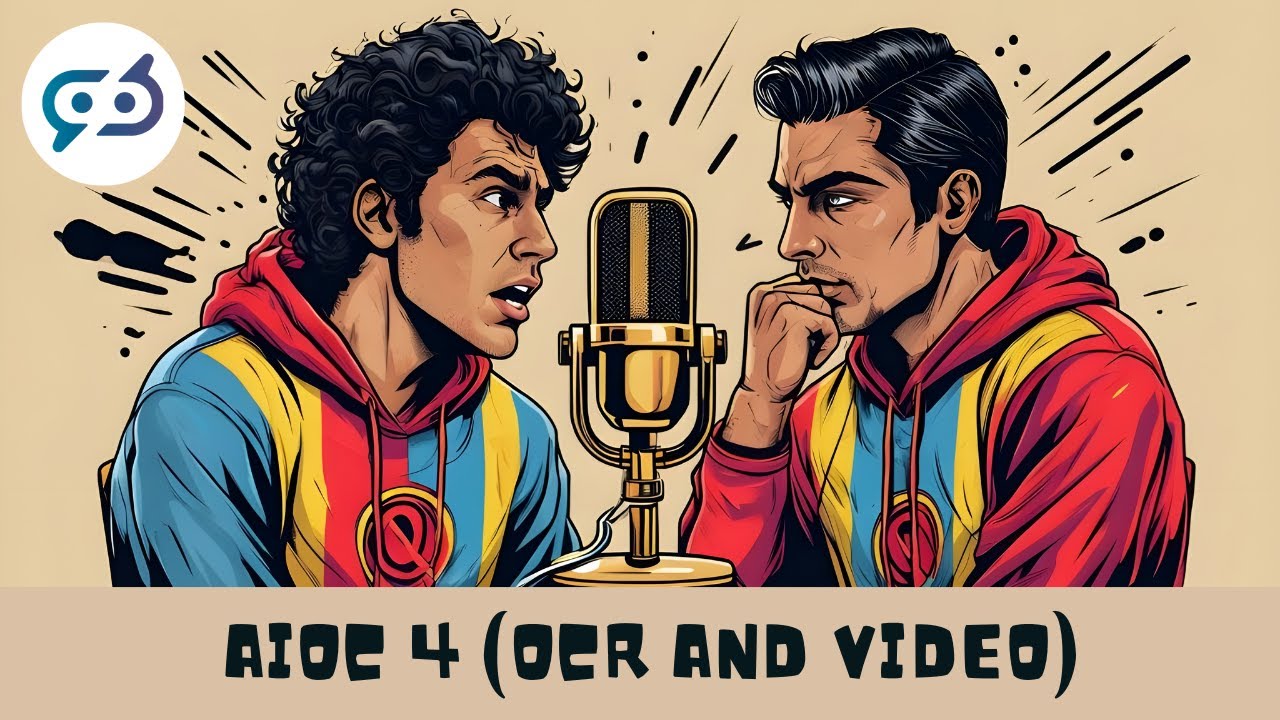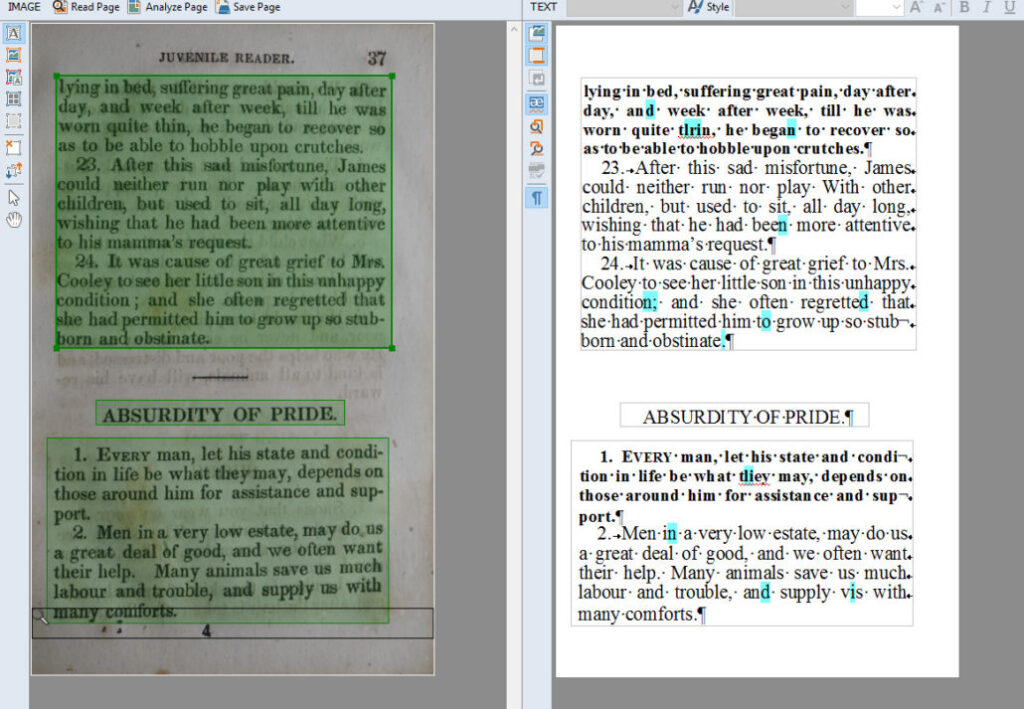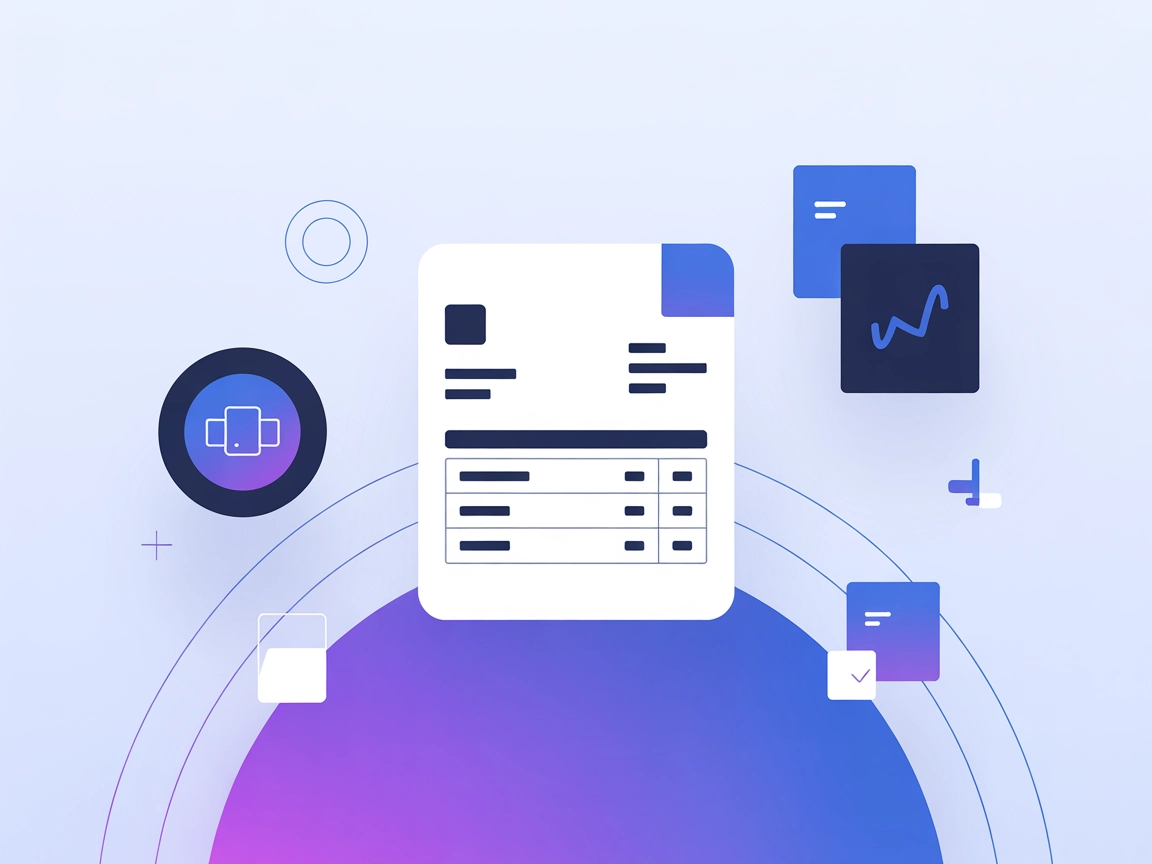
Solving OCR tasks with AI
Discover how AI-powered OCR is transforming data extraction, automating document processing, and driving efficiency in industries like finance, healthcare, and ...

Optical Character Recognition (OCR) is a transformative technology that converts documents such as scanned papers, PDFs, or images into editable and searchable data. Learn how OCR works, its types, applications, benefits, limitations, and the latest advances in AI-driven OCR systems.
OCR transforms documents into editable data, enhancing efficiency in sectors like banking, healthcare, logistics, and education. It involves image acquisition, preprocessing, text detection, recognition, and postprocessing, with applications in AI and automation.
Optical Character Recognition (OCR) is a transformative technology that converts different types of documents, such as scanned paper documents, PDFs, or images captured by a digital camera, into editable and searchable data. At its core, OCR is designed to recognize text within a digital image, which is crucial for converting hard copy documents into electronic files. This allows users to edit, format, and search text as if it were created with a word processor. OCR technology is vital for digital transformation processes, enabling the automated extraction of text from documents and images, thereby facilitating various business and operational efficiencies.

The OCR process involves several critical steps:
OCR is widely used in the banking sector to automate the processing of bank statements, checks, and financial documents. This automation streamlines data entry, reduces errors, and enhances efficiency.
In healthcare, OCR is employed to digitize patient records, prescriptions, and insurance forms. This not only improves data accessibility but also facilitates faster and more accurate billing and record-keeping.
Logistics companies use OCR to process and track shipping labels, invoices, and delivery receipts. This enhances operational efficiency and reduces reliance on manual data entry.
Educational institutions utilize OCR to digitize textbooks, exams, and forms, making it easier to manage and search through large volumes of documents.
OCR technology is used in security applications such as automatic number plate recognition (ANPR) systems to track vehicles by reading license plates.
Modern OCR systems now incorporate advanced AI techniques such as convolutional neural networks (CNNs) and transformers to improve recognition accuracy and speed. These systems can handle diverse document types and complex layouts, offering near-human recognition capabilities.
OCR is an essential component of AI-driven automation systems, enabling the extraction of data for processing by machine learning models. It supports tasks such as document classification, data extraction for analytics, and integration with chatbot systems for automated customer service solutions.
Optical Character Recognition (OCR) is a technology that enables the conversion of different types of documents, such as scanned paper documents, PDFs, or images captured by a digital camera, into editable and searchable data. OCR is widely used in various applications such as data entry automation, document management, and in assisting visually impaired individuals by converting printed text to speech.
OCR is a technology that converts various types of documents, such as scanned papers, PDFs, or images captured by a camera, into editable and searchable digital data by recognizing text within digital images.
OCR works through steps including image acquisition, preprocessing, text detection, recognition using pattern matching or feature extraction, postprocessing, and generating editable output files.
Types include Simple OCR (pattern recognition), Intelligent Character Recognition (ICR) for handwriting, Optical Word Recognition (OWR), Optical Mark Recognition (OMR), and Mobile OCR for smartphones.
OCR is used in banking, healthcare, logistics, education, and public security for automating data entry, digitizing records, processing forms, tracking shipments, and license plate recognition.
OCR increases efficiency, improves accuracy, reduces costs, enhances accessibility, and integrates with AI for advanced data processing and analytics.
Limitations include reduced accuracy with poor-quality images, challenges with complex layouts or non-standard fonts, and difficulty recognizing non-text elements unless specifically programmed.
Modern OCR uses AI techniques like convolutional neural networks (CNNs) and transformers for higher accuracy and speed, handling diverse and complex document layouts.
Examples include Tesseract, which leverages deep learning, and Paddle OCR, known for speed and scalability using CNNs and RNNs.
Experience the power of AI-driven OCR for transforming documents into actionable, editable data. Automate your workflows and unlock new efficiencies.

Discover how AI-powered OCR is transforming data extraction, automating document processing, and driving efficiency in industries like finance, healthcare, and ...

Intelligent Document Processing (IDP) is an advanced technology leveraging AI to automate extraction, processing, and analysis of data from various documents. I...

Discover how an Invoice Data Extractor OCR Flow can streamline your financial processes by automating the extraction and organization of invoice data. Learn abo...
Cookie Consent
We use cookies to enhance your browsing experience and analyze our traffic. See our privacy policy.